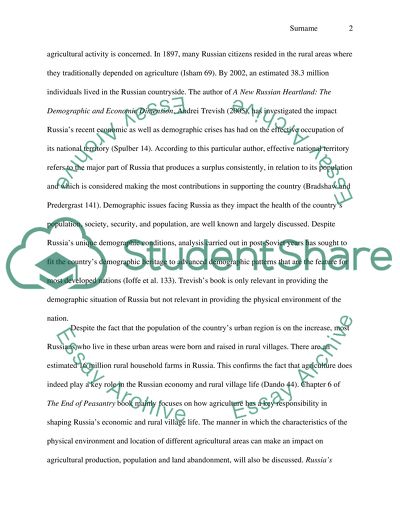Cite this document
(“The end of Peasantry: The disintegration of Rural russia Book Report/Review”, n.d.)
Retrieved from https://studentshare.org/geography/1447363-the-end-of-peasantry-the-disintegration-of-rural-russia
Retrieved from https://studentshare.org/geography/1447363-the-end-of-peasantry-the-disintegration-of-rural-russia
(The End of Peasantry: The Disintegration of Rural Russia Book Report/Review)
https://studentshare.org/geography/1447363-the-end-of-peasantry-the-disintegration-of-rural-russia.
https://studentshare.org/geography/1447363-the-end-of-peasantry-the-disintegration-of-rural-russia.
“The End of Peasantry: The Disintegration of Rural Russia Book Report/Review”, n.d. https://studentshare.org/geography/1447363-the-end-of-peasantry-the-disintegration-of-rural-russia.


